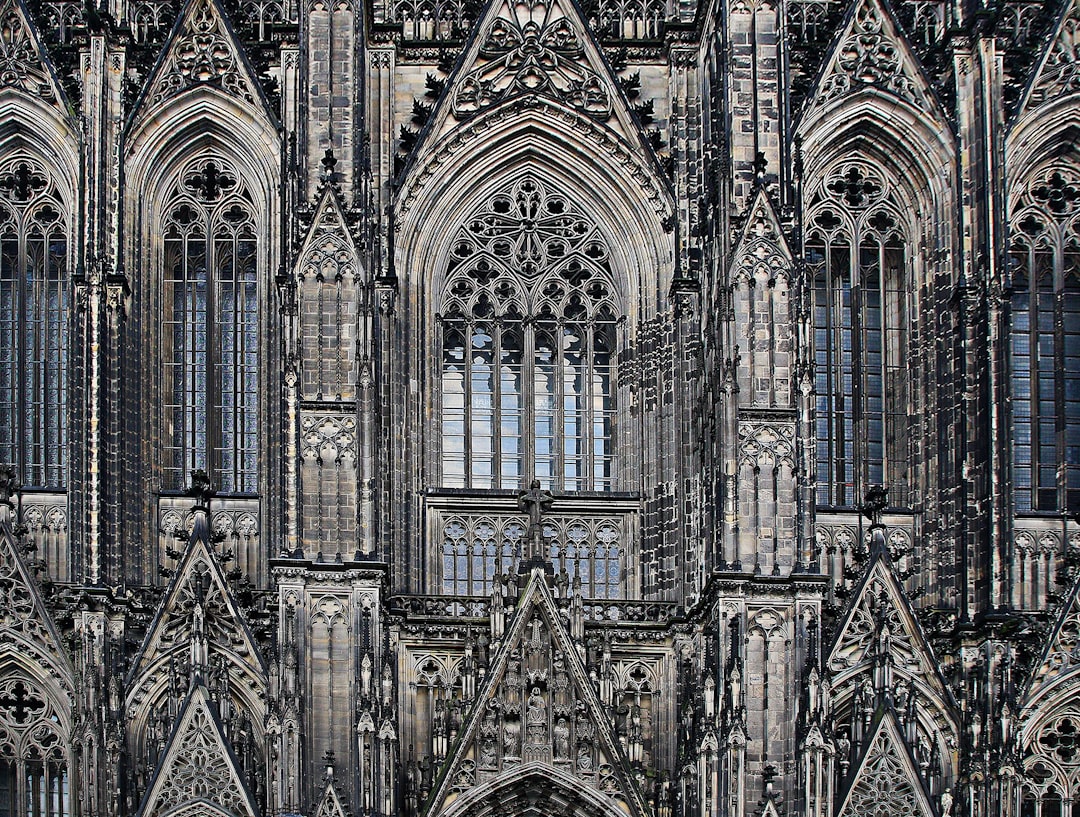What is it about?
This article charts the changing relationship between state honours (knigthoods, the Order of the British Empire, etc.) and the voluntary sector in twentieth-century Britain. It shows that for much of the century direct (often paid) state service was a higher priority that voluntary service in terms of state distinction. However, after 1993 the lower ranks of the system were reorganized to recognize volulntary service above all other forms of service. This reflected a revised moral economy of state service that rejected the close connection between the state and honours that dominated the century.
Featured Image
Why is it important?
This article shows the close relationship between the expansion of the state in twentieth century Britain and the hierarchical system of honours. As the honours system changed is focus from state service to voluntary service, it expanded and reforged a system of and ideas about hierarchy into areas where formal hierarchical systems had previously had little influence. By drawing this connection, I show how processes that seem to show an expansion of democratic and meritocratic ideas about honour went hand-in-hand with the expansion of another core idea: that of a hierarchical society.
Read the Original
This page is a summary of: VOLUNTARY SERVICE AND STATE HONOURS IN TWENTIETH-CENTURY BRITAIN, The Historical Journal, May 2015, Cambridge University Press,
DOI: 10.1017/s0018246x1400048x.
You can read the full text:
Contributors
The following have contributed to this page










